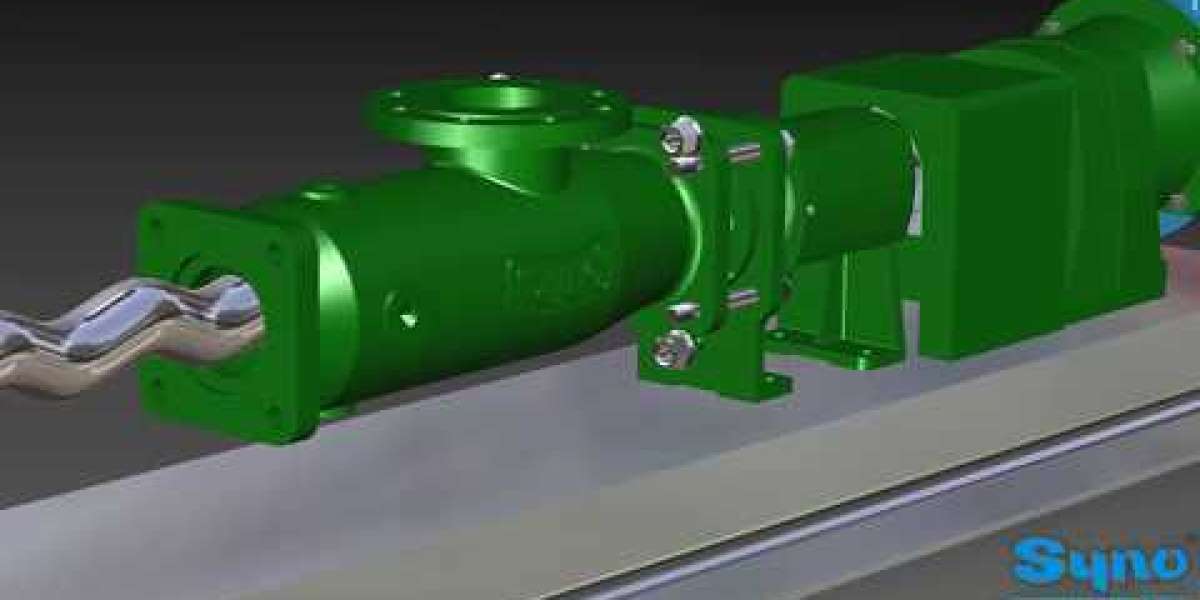You will also acquire knowledge regarding the classification of the pump as well as all of the information regarding the screw pump, such as its working principle as well as the benefits and drawbacks associated with using the pump. To sign up for scribe right away, simply click the button labeled "Subscribe" that is located on the right side of the screen. So let's begin this content with a discussion on how pumps can be categorized. Both in commercial and domestic settings, pumps are a common piece of equipment.
There are numerous varieties of pumping equipment, each with their own unique size and construction material. In most cases, the pump medium is a liquid. However, many designs are capable of managing solids that are in a suspended state as well as solids that are in the form of trained or dissolved gases, pulp, slurry, tar, and other substances that are at least visually distinguishable from liquids.
The pump can be broken down into its two primary types, dynamic displacement and positive displacement, based on the method by which energy is transferred to the medium that is being pumped. Positive displacement pumps use a fixed volume of fluid to push the fluid through the pump. This type of displacement is advantageous in both cases. Both reciprocating pumps and rotary pumps, which are used for reciprocating pumps, are considered to be positive displacement pumps. These pumps fall into one of two categories. As a result of the plunger, piston, or diaphragm moving back and forth as a result of the reciprocating motion of the pump, liquid can flow into and out of the pump. When using rotary pumps, liquid is sucked into the suction nozzle by means of a gear train and a cam train.
The progressive cavity pump will be the topic of discussion for the remainder of this section. Dr. Renee Moines is the inventor of the screw pump, which is a supercharger for aircraft engines. After the end of the First World War, due to the multi-phase and high suction capacity of the pump, and its ability to transport a large amount of air, steam, or gas in the fluid that may contain solids, therefore, the pump was a game-changer in the fluid management industry. Other rotary positive displacement pumps are not comparable to this pump because it is not typically used in the same manner and is not considered to be the same.
netzsch spare parts is an example of the integration of the particular benefits that come with the two different kinds of pump construction. There are a few different names for netzsch pump parts, including PC pump, Bragg netzsch pump parts, and netzsch pump parts. The majority of applications for netzsch netzsch spare parts are found in wastewater treatment facilities. After the concentration and treatment processes, it then moves on to the sludge transfer and polymer addition processing before moving on to the oil production.
Applications in the food and beverage industries have made use of drilling mud transfer and recovery separator feed as well as crude oil transfer. netzsch netzsch pump parts are constructed in such a way as to minimize the possibility of contamination. In the paper and pulp industry, the pump is also used for pumping sewage slurry and sludge. This is another application for the pump. In order to get a better understanding of how the pump works, it is put to use in the process of conveying electric poles, recycled paper, and packages. There are a variety of parts that make up the pump, and these parts vary according to the type of pump and the manufacturer of the pump.
I have discussed the standard netzsch netzsch spare parts that are considered to be the most vital components. You can see the various components that make up the pump. The pump has a stator that is constructed of a single piece and is an integral part of the device. Nitrile rubber, methylene monomer rubber, fluorocarbon, and polytetrafluoroethylene are the most common types of elastomers utilized in the production of stator components.








